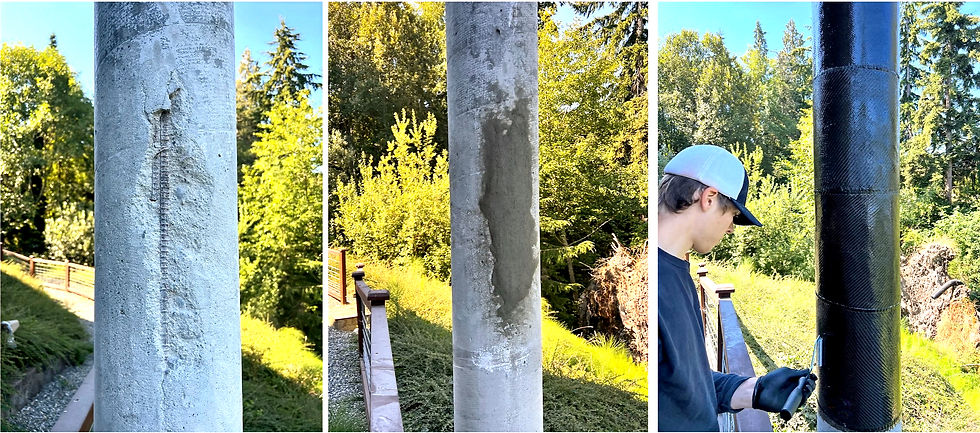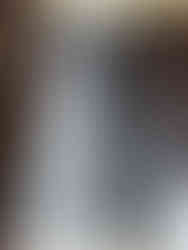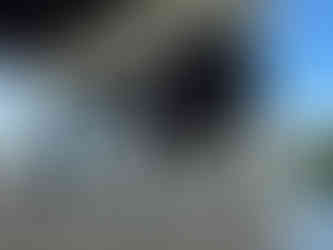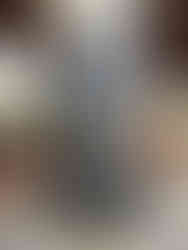Column Confinement with Carbon Fiber: How to Strengthen and Repair Failing Concrete Columns Without Demolition
- Jarred Jones
- Aug 1
- 6 min read
Updated: Aug 27
When structural concrete columns begin to deteriorate—whether from environmental exposure, corrosion of internal reinforcement, seismic activity, or increased service loads—property owners and engineers face a critical challenge: How do we restore the column’s strength without demolishing or replacing it?
Damaged concrete columns can threaten the safety and integrity of an entire structure. Cracks, spalling, exposed rebar, or reduced load capacity are often warning signs of deeper issues. In the past, remediation might have involved heavy demolition, steel jacketing, or full concrete encasement—solutions that are costly, time-consuming, and disruptive to building use.
Today, carbon fiber column confinement offers a more efficient alternative.
Column confinement using carbon fiber–reinforced polymer (CFRP) systems is a proven, non-invasive method for strengthening concrete columns without demolition. These externally bonded systems increase compressive strength, ductility, and shear capacity while minimizing downtime and preserving structural form. Whether you're dealing with aging infrastructure, structural upgrades, or seismic retrofit needs, CFRP wrap systems deliver a lightweight, high-performance solution that meets both engineering requirements and construction efficiency goals.
At Structural Reinforcement Solutions (SRS), we specialize in advanced carbon fiber confinement systems designed to restore performance and extend the service life of concrete columns—without adding weight or reducing usable space.
What Is Column Confinement?
Column confinement refers to the process of strengthening a concrete column by limiting its lateral expansion under load. When a column is subjected to axial compression, it tends to expand outward—particularly if internal reinforcement has deteriorated or the structure is experiencing higher-than-originally-designed load demands. By confining the concrete, we improve its compressive strength, ductility, and energy absorption, all of which are critical for both routine performance and resilience during extreme events like earthquakes.
Confinement is especially valuable in seismic retrofits, structural upgrades, and repairs of aging or compromised columns. It helps bring deficient members back into compliance with design intent—without requiring removal or reconstruction.

Historically, engineers turned to solutions like steel jacketing, reinforced concrete encasement, or bulky FRP shells to provide that confinement. While effective, those methods are often labor-intensive and add considerable dead load to the structure. In confined spaces or active buildings, installation can be disruptive and may reduce architectural clearance.
That’s where modern carbon fiber confinement systems offer a better path forward. Surface-applied CFRP (carbon fiber–reinforced polymer) wraps deliver high-strength confinement without demolition, excavation, or added weight. These systems are easy to apply in tight working conditions, compatible with irregular geometries, and allow facilities to remain in operation during repair.
Real-World Applications of Column Confinement
Let’s take a look at two practical examples where column confinement with CFRP played a critical role:
Emergency Communications Tower – Florida Keys
A coastal telecom tower suffered deterioration in its concrete CMU support columns due to salt exposure and storm damage. Engineers specified SRS-660BI Carbon Fiber and SRS-1000 Structural Epoxy for a wrap system that restored load capacity and protected the columns from future corrosion. The non-invasive process preserved full service during repairs—a key requirement for emergency infrastructure.
Meat Processing Plant – Crete, Nebraska
Inside the Smithfield Plant, support columns showed spalling and visible corrosion. Instead of exposing and replacing steel, the repair crew applied a surface-applied corrosion inhibitor (SRS-4100), densified the matrix with SRS-4000 Concrete Guard, then confined the columns with SRS-600UNI carbon fiber. The result was a fast-track, full-depth reinforcement system ideal for an operating facility.
Engineering Insight: Understanding the Mechanics Behind Column Confinement
When reinforced concrete columns begin to degrade—whether due to corrosion, seismic stress, or age-related fatigue—their ability to carry load diminishes. The primary concern from a structural engineering standpoint is a loss of ductility and compressive strength, both of which are critical to prevent catastrophic failure.
In typical column design, the longitudinal steel provides the majority of axial strength, while the transverse reinforcement (ties or spirals) helps prevent lateral expansion of the concrete core under compressive stress. When that concrete begins to deteriorate—or when confinement is inadequate—the system becomes vulnerable to spalling, crushing, or buckling under load.
Column confinement aims to restore lateral restraint, increasing the compressive strain capacity of the concrete and delaying brittle failure. From a design perspective, this confinement can shift the stress-strain behavior of the core material—transforming it from a brittle failure mode to a more ductile, energy-absorbing response.
Carbon fiber confinement systems work by providing passive confinement pressure around the column. As compressive loads increase, the column attempts to expand laterally. The carbon fiber—saturated in structural epoxy and wrapped around the perimeter—resists this expansion by developing tensile hoop stress. This hoop stress translates into a confining pressure on the concrete, effectively increasing its strength and ductility.
How CFRP Confinement Improves Structural Performance:
Increased ultimate compressive strength of the concrete core (by 25–100% in many cases depending on wrap configuration)
Improved ductility, which is especially important in seismic zones
Enhanced energy dissipation capacity under cyclic or dynamic loading
Minimal added weight to the structure—especially useful in retrofit applications
No interference with clear span or usable interior space, unlike steel jackets or concrete encasement
Designing with CFRP systems involves calculating the effective confinement pressure based on wrap properties, number of layers, and column geometry. Engineers typically refer to standards such as ACI 440.2R or ICRI guidelines when evaluating confinement design strength and verifying material performance.
Additionally, many engineers now integrate CFRP systems as part of performance-based retrofit strategies—prioritizing not only strength recovery but also service life extension and protection against future deterioration. With the availability of complementary systems like SRS-4000 Concrete Guard and SRS-4100 Steel Guard, engineers can confidently address both structural and material degradation in one comprehensive solution.

The SRS Approach to Column Confinement: Advanced Carbon Fiber Systems for Lasting Concrete Repair
At Structural Reinforcement Solutions, we’ve developed a full suite of materials that work together to address both visible surface issues and hidden deterioration risks:
Key System Components:
SRS-600UNI Carbon Fiber: A unidirectional carbon fiber fabric engineered for high tensile performance and wrap applications. Ideal for vertical or horizontal confinement depending on orientation.
SRS-1000 Structural Epoxy: This epoxy resin forms a strong bond to concrete substrates, saturates the fiber, and ensures long-term adhesion even in demanding environments.

SRS-4000 Concrete Guard: A clear, surface-applied densifier that penetrates the concrete matrix to reduce porosity, increase surface hardness, and enhance adhesion for subsequent repair materials. Ideal for preparing deteriorated surfaces before epoxy or fiber installation.
SRS-4100 Steel Guard: A surface-applied corrosion inhibitor that migrates through concrete to form a passivating barrier on embedded steel reinforcement. Designed to slow or halt corrosion progression without the need for rebar exposure.
See how every layer worked together to restore strength and stop corrosion—start to finish.
In Scituate, MA, nine severely deteriorated concrete columns were restored using a full SRS carbon fiber system.The repair addressed embedded steel corrosion with SRS-4100 Steel Guard and densified the concrete surface using SRS-4000 Concrete Guard before wrapping with SRS-600UNI Carbon Fiber and SRS-1000 Structural Epoxy Resin
Start Your Next Column Repair with Confidence
Every repair is different—but with the right system in place, concrete doesn’t need to be replaced. From SRS-4100 Steel Guard and SRS-4000 Concrete Guard to SRS-3000 Epoxy Injection, SRS-2100 Repair Paste, and SRS-600UNI Carbon Fiber, our engineered systems restore integrity and extend lifespan.
Whether you're managing aging infrastructure or designing seismic upgrades, column confinement with carbon fiber offers a smarter way forward. Our engineering team supports you with:
Project-specific submittals
PE-stamped designs
Tested performance data
On-site installation training and tech support
Ready to get started? Our team can provide a tailored plan—whether you’re in the early assessment phase or looking for approved submittals.
Book a quick consult or explore our Column Repair Application page for more details.

























Comments